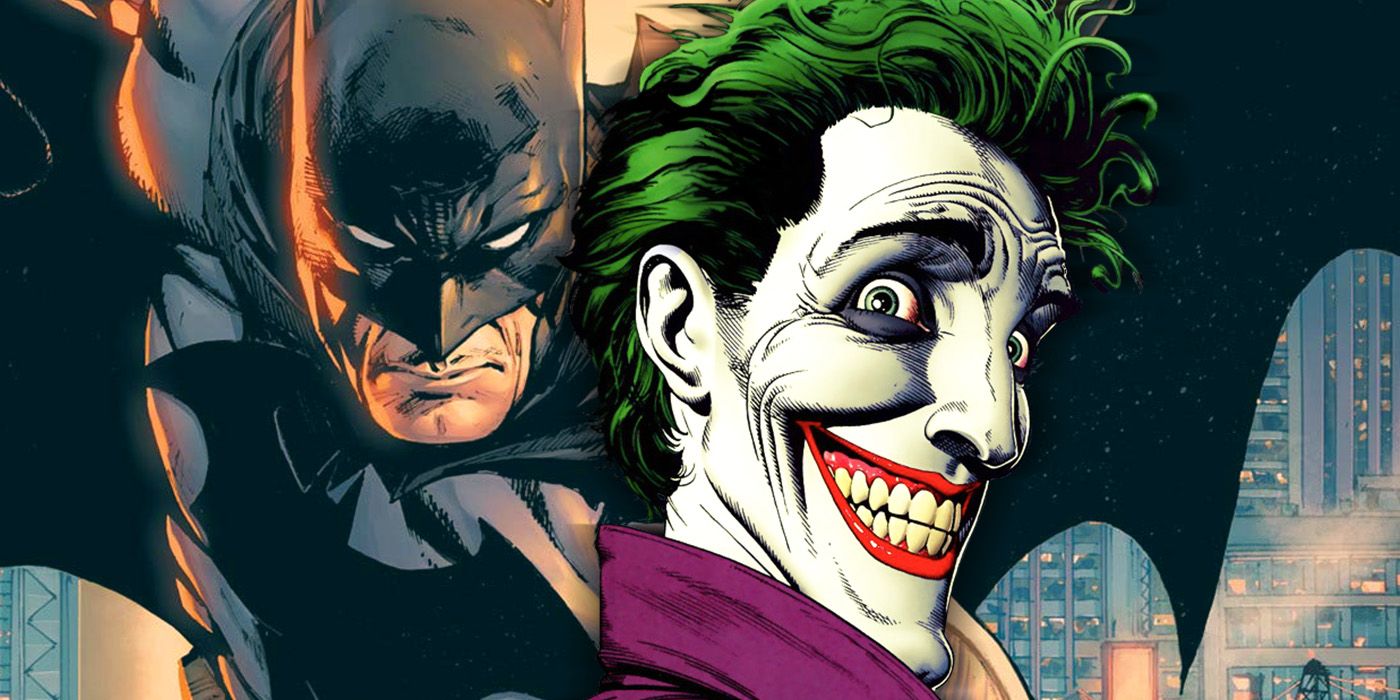The Joker has left a lot of victims in his wake, and Batman is getting a stark reminder of just how many victims the Joker has killed.
WARNING: The following contains spoilers for Batman #96 by James Tynion IV, Jorge Jimenez, Tomeu Morey and Clayton Cowles, on sale now.
Over 80 years, the Joker has racked up a massive body count. Quite often, Batman holds himself personally responsible for the Clown Prince of Crime’s victims. But now, the Joker’s latest psychological attack exploits the Dark Knight’s feelings of guilt even further. At the end of Batman #96, the Joker lures Batman to the Monarch Theater, the same theater where Bruce Wayne went on the night his parents were murdered. If this painful reminder isn’t torturous enough, the Dark Knight finds a slew of corpses seated in front of the screen.
Broadcasting to the big screen, the Joker reveals that these are the bodies of everyone he’s ever killed and, by extension, everyone Batman has failed to save. The arch-villain then reveals that he plans to make these victims into an army in order to destroy Gotham. Furthermore, the Joker plans to use these fallen civilians as a reminder of Batman’s failures over the years.
The Joker is able to reanimate these corpses with the same gas that he used to reanimate the Designer, a recent Batman villain. The Joker murdered the Designer years earlier, but he managed to create a gas that reanimated the villain as a zombie. This gas allowed the Joker to use the Designer as a puppet against the Dark Knight, convincing Batman that the Designer was still alive.
In addition to reanimating these corpses, the Joker also plans to turn them against Batman. Indeed, the Joker reveals that he’s been brainwashing his victims in the Monarch Theater, giving them “the sneak peek” of how rotten Gotham truly is. Instilling his army with a distaste for Gotham, the Joker also feeds them a hatred for Batman.
The Joker’s army of victims is quite an overwhelming obstacle for Batman, both physically and psychologically. Outside of the army’s sheer numbers, reminding Batman of all those he failed to save instills a sense of helplessness in the Caped Crusader. This helpless feeling comes from his parents’ murder when Bruce Wayne was merely a little boy who had to watch his family die. Since then, Batman has done everything to ensure that he would never be helpless again. Seeing everyone he was unable to save, however, only returns the World’s Greatest Detective to that night in Crime Alley.
Batman’s helplessness goes against his whole mission: to make sense out of a senseless and violent world. The Joker spits in the face of Batman’s desire to create order, instead of using violence to illustrate that the world is a cruel, senseless place. Years of murder, from the Joker’s first appearance to the tragic death of Jason Todd, accumulate into an unstoppable wave of senseless violence. Reanimating those he’s already killed shows not only that the Joker goes against everything Batman stands for, but also how dangerously effective his tactics are.
The chaos which the Joker incites also leaves little hope for Gotham’s future. Earlier in the issue, Batman dreams of a happier Gotham, where no one dies and the city is thriving. In creating this army of victims, the Joker reminds Batman of the darkness of his past. Instead of the bright future where Batman saves everyone, the Dark Knight can only see the grimy past and those he couldn’t save. This darkness clouds the way for the future, only serving to drag the Caped Crusader back into despair.
The Joker’s body count has always gnawed at Batman’s conscience. And by reanimating these corpses, the Clown Prince of Crime seeks to shatter the Dark Knight’s morale entirely.
